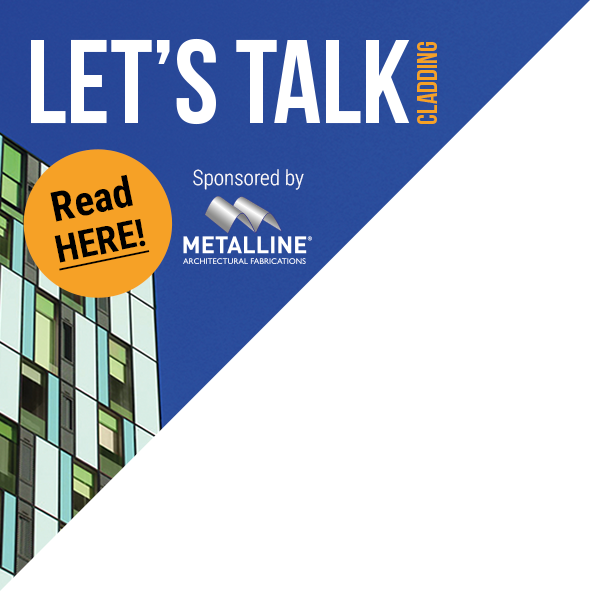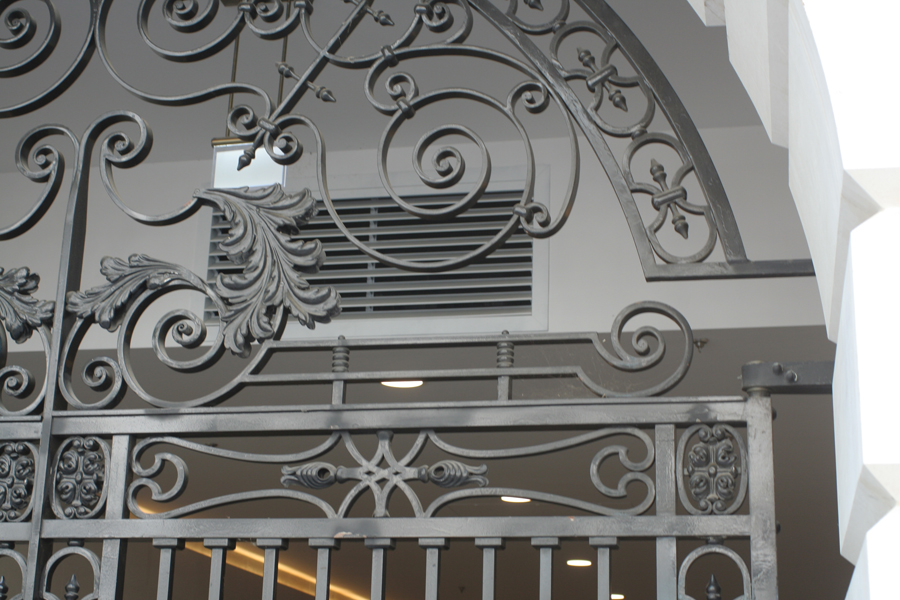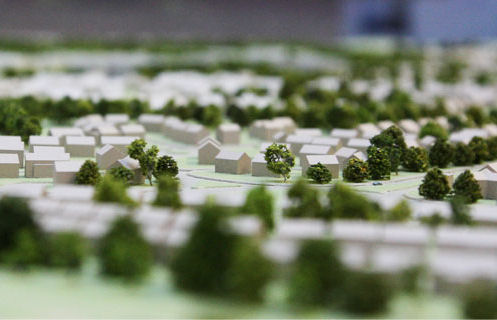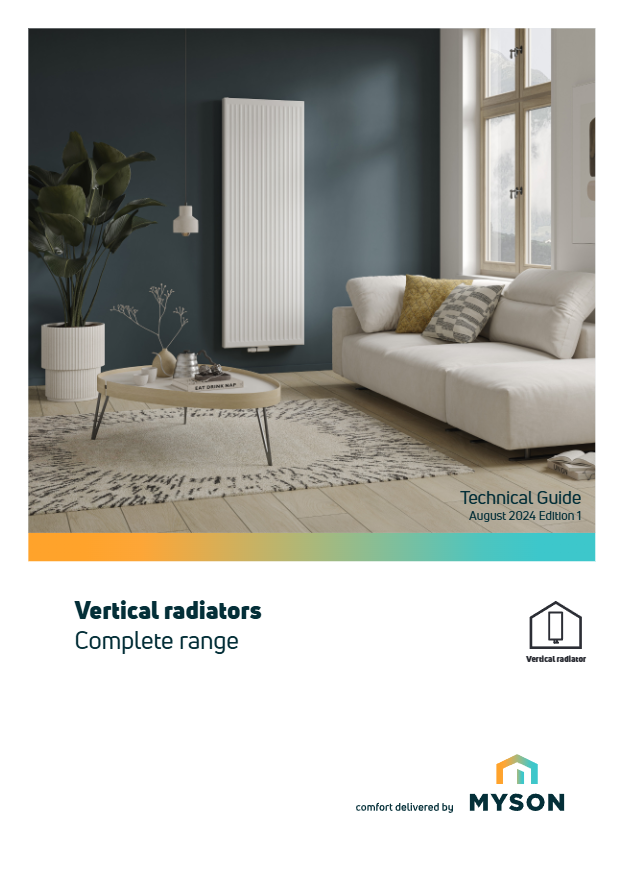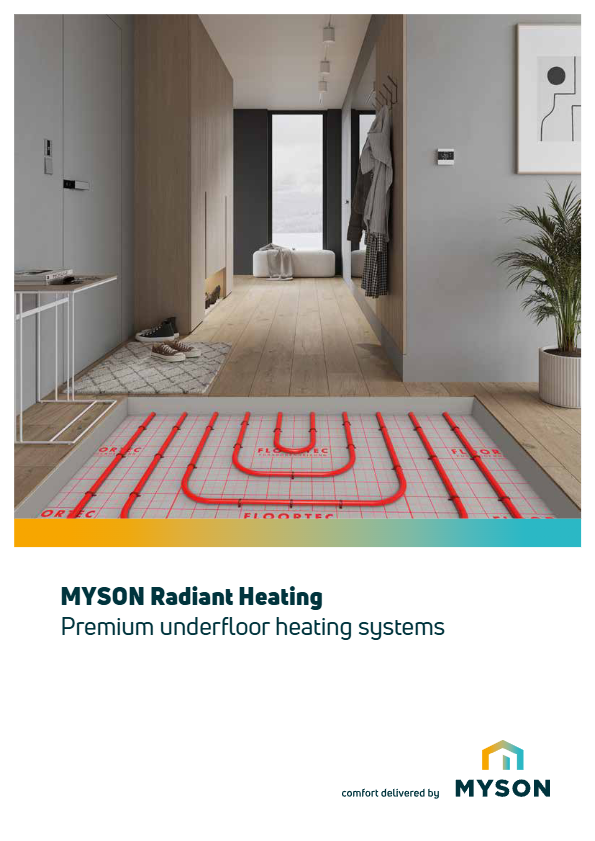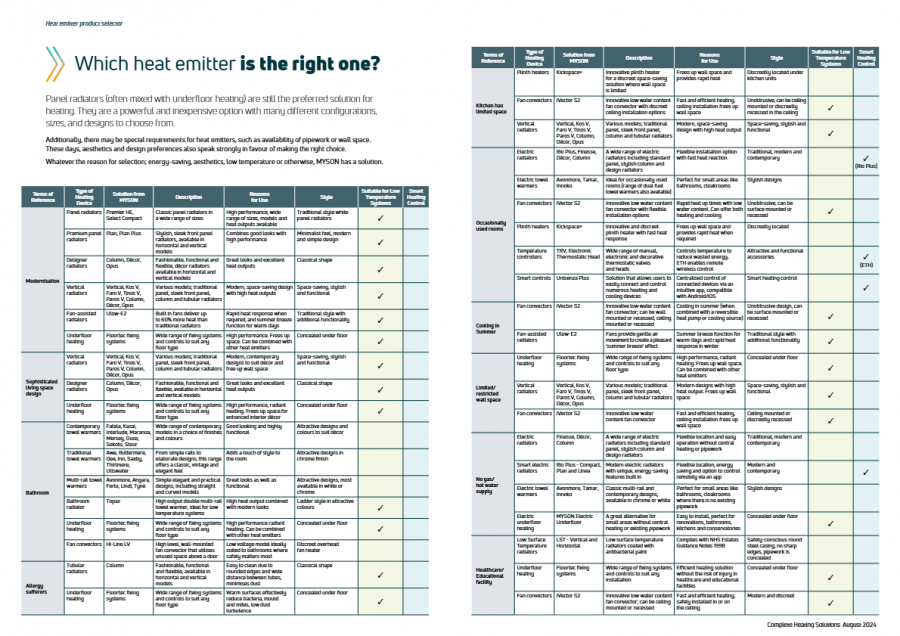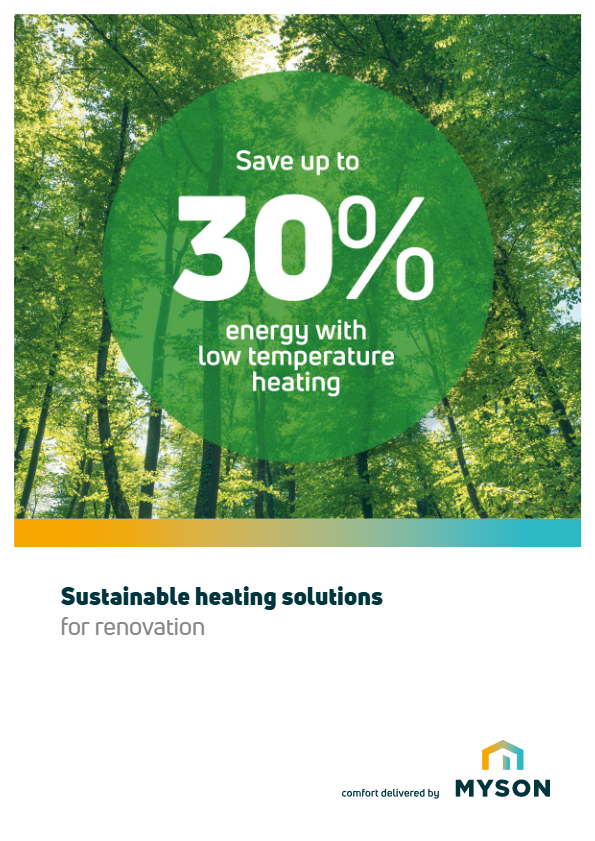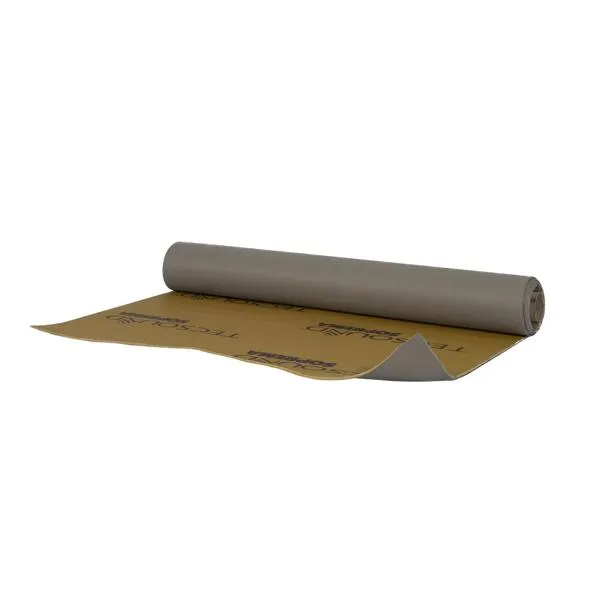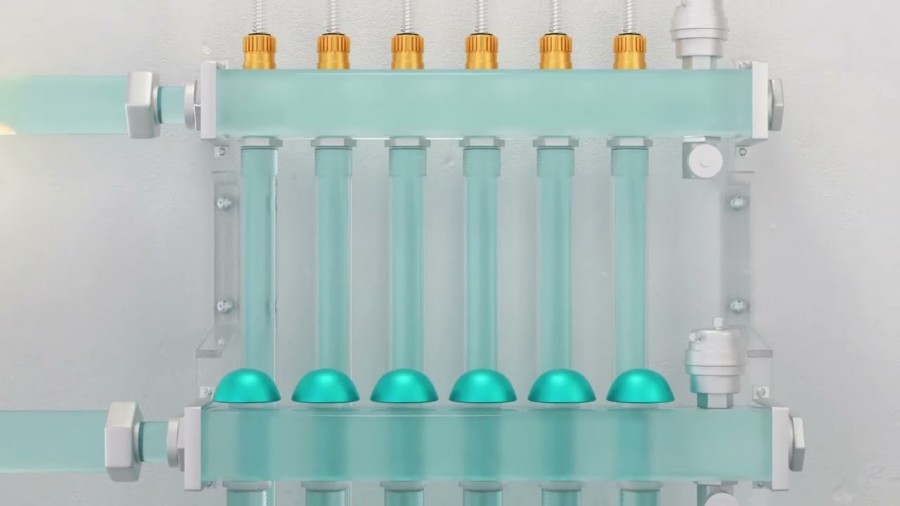BRE has issued a
statement regarding Celotex BS8414 cladding tests after the manufacturer
revealed differences between
the system as tested and the description in the report of the test.
RS5000 was used as
external insulation as part of the rainscreen cladding system in the
refurbishment of Grenfell Tower. Celotex took the decision to suspend supply
shortly after the tragic fire at Grenfell Tower and this suspension
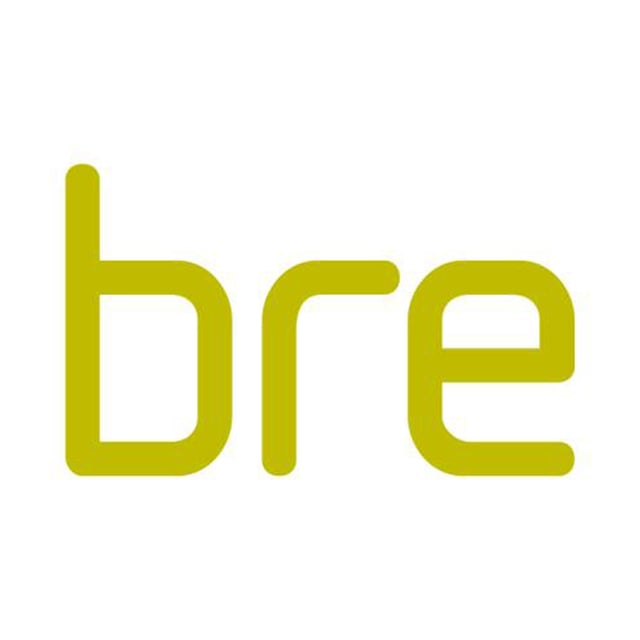
remains in
place.
Now the company has
conducted a detailed review of the way RS5000 was tested and
marketed.
"In advance of
the product being launched, the company commissioned full system fire
performance tests for a rainscreen cladding system which were carried out
pursuant to BS 8414:2," said a spokesman for Celotex.
"The current
management team has only recently determined that there were differences
between the system as tested for BS 8414:2 and the description of that system
in the report of the test. These differences were carried through into our
marketing of RS5000.
"Our
priority is to establish whether there are any safety issues arising from these
differences. We have notified the relevant bodies and are taking steps to
speak with our customers. We understand that in August 2017, a sample of
the same product was used in a full rainscreen cladding system that passed the
DCLG 1 test. Nevertheless, we are arranging further testing
which will assist in clarifying the issue."
In a prepared
statement, BRE stated: "We have been contacted by Celotex, who, on
reviewing their processes and test data from a BS8414-2 cladding test carried
out at BRE in 2014, have identified anomalies between their design
specification for the cladding system to be tested and the actual cladding
system they installed to be tested.
"It is our
understanding that the test system was not constructed according to Celotex’s
design specification and as such, the test results have been withdrawn.
"The cladding
system in that test included Celotex RS5000 and fibre cement board rainscreen
(declared reaction to fire classification A2) – this was not an ACM, nor was it
the cladding system on Grenfell Tower.
"BRE does not design,
select or install the test system, nor are we involved in the sample selection
process.
"The onus for
that is strictly with the company for whom the test is being conducted. BRE’s
role is to conduct the fire test against the requirements of the British
Standards Institute BS8414 test methodology.
"We were alerted to
the discrepancy this week by the Celotex management team who said they had
launched their own internal review."
Celotex launched the
PIR rigid board insulation product RS5000 in 2014 for use in rainscreen
cladding systems for buildings above 18m.
"It is a matter
of real regret for us that this issue has arisen: we fully recognise its
potential seriousness and that it will give rise to concern," added the
company's spokesman.
"We are working
hard to arrange the further testing as quickly as possible and we will make a
further announcement once the results of that testing are available."
